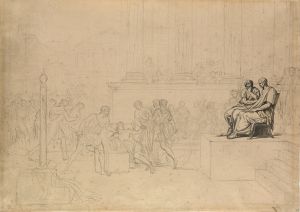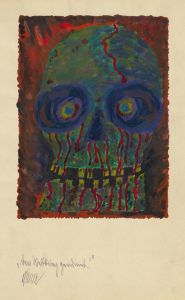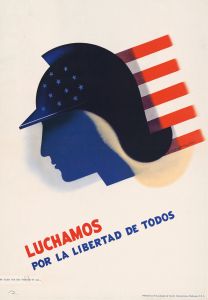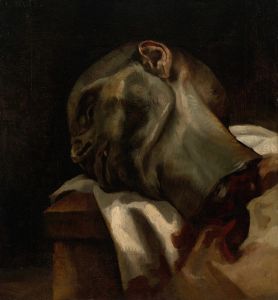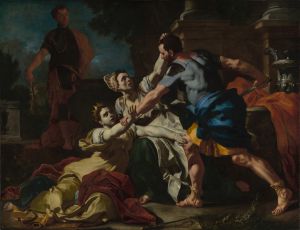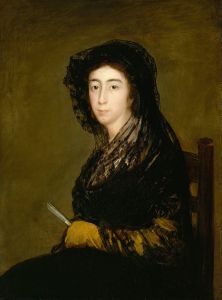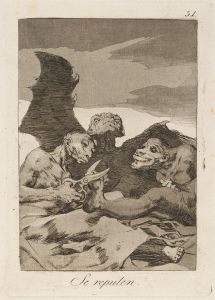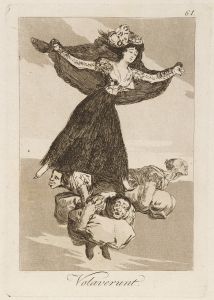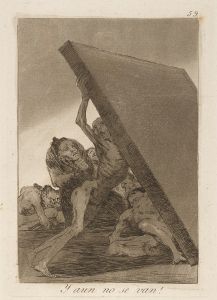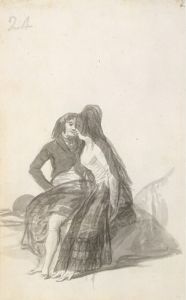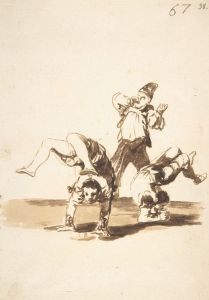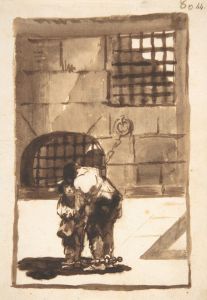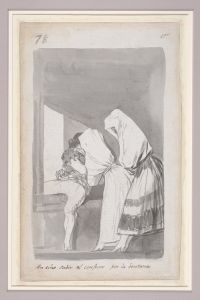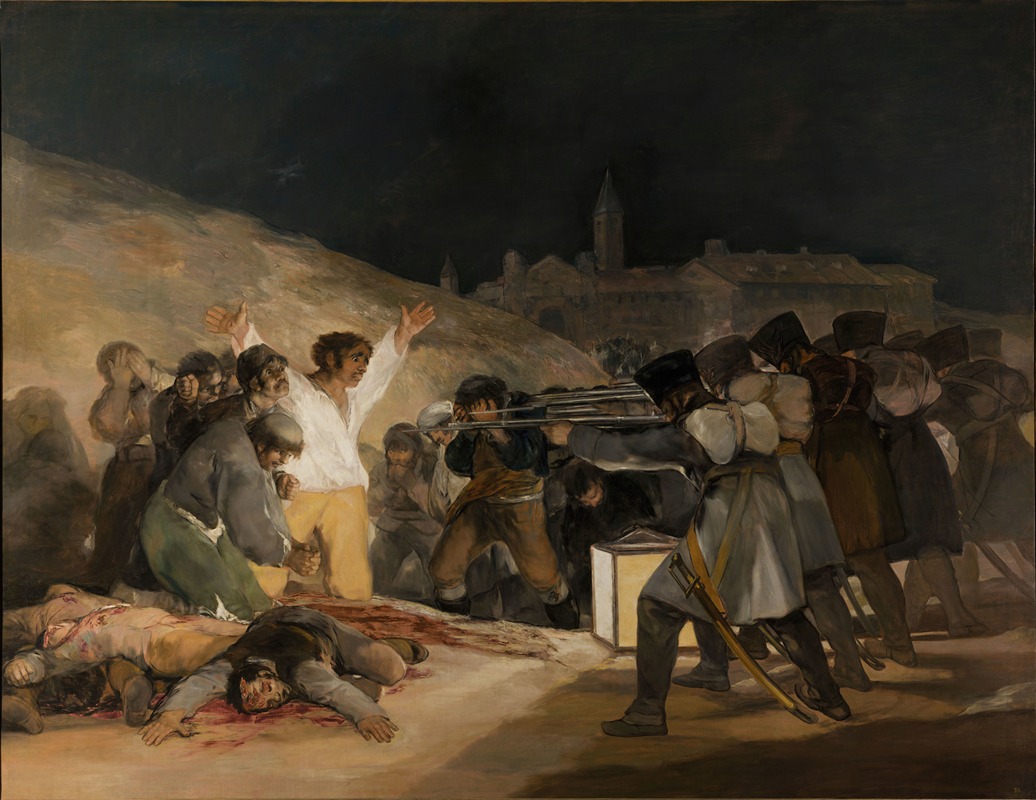
The Third of May 1808
A hand-painted replica of Francisco de Goya’s masterpiece The Third of May 1808, meticulously crafted by professional artists to capture the true essence of the original. Each piece is created with museum-quality canvas and rare mineral pigments, carefully painted by experienced artists with delicate brushstrokes and rich, layered colors to perfectly recreate the texture of the original artwork. Unlike machine-printed reproductions, this hand-painted version brings the painting to life, infused with the artist’s emotions and skill in every stroke. Whether for personal collection or home decoration, it instantly elevates the artistic atmosphere of any space.
"The Third of May 1808" is a painting by the Spanish artist Francisco de Goya, completed in 1814. This iconic work is also known as "El tres de mayo de 1808 en Madrid" and is housed in the Museo del Prado in Madrid, Spain. The painting commemorates the events surrounding the Spanish resistance to Napoleon's armies during the Peninsular War.
The painting depicts the execution of Spanish rebels by French soldiers on the night of May 3, 1808, following the uprising in Madrid against the French occupation. The central figure in the composition is a man dressed in white, with his arms outstretched in a gesture of surrender or crucifixion, symbolizing martyrdom. He stands out starkly against the dark background and the line of soldiers aiming their rifles at him and other captives.
Goya's use of light and shadow in "The Third of May 1808" is particularly striking. The lantern placed on the ground illuminates the central figure and the immediate area around him, creating a dramatic contrast with the surrounding darkness. This technique not only draws attention to the central figure but also heightens the emotional intensity of the scene.
The painting is notable for its raw and unflinching portrayal of violence and human suffering. Unlike many historical paintings of the time, which often glorified war and heroism, Goya's work presents a stark and brutal reality. The expressions of fear, despair, and resignation on the faces of the condemned men are rendered with great emotional depth, making the viewer acutely aware of their humanity.
"The Third of May 1808" is often regarded as one of the first pieces of modern art due to its departure from traditional compositional techniques and its focus on the emotional and psychological aspects of its subjects. Goya's innovative approach to the subject matter and his use of dramatic lighting and composition have influenced countless artists and continue to resonate with viewers today.
The historical context of the painting is crucial to understanding its significance. In 1808, Napoleon Bonaparte's forces invaded Spain, leading to widespread resistance and guerrilla warfare. The events of May 2 and 3, 1808, in Madrid were pivotal moments in the Spanish War of Independence. On May 2, the citizens of Madrid rose up against the French occupiers, leading to brutal reprisals by the French army. The following day, hundreds of Spanish rebels and civilians were rounded up and executed, an event that Goya witnessed and later immortalized in his painting.
Goya's "The Third of May 1808" serves as a powerful reminder of the horrors of war and the resilience of the human spirit. It stands as a testament to the artist's ability to capture the profound emotional and psychological impact of historical events, making it one of the most important works in the history of Western art.





